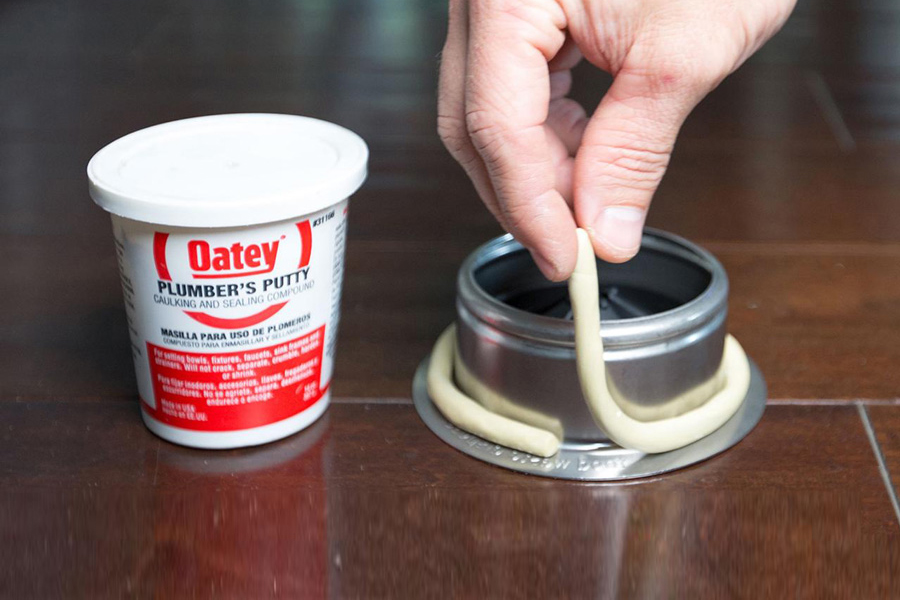
This magic caulk can also make minor repairs, such as cracks or gaps. Silicone is also an adhesive, which means once you put it into place, it bonds to the materials, forming a tight seal that prevents leaks and other water-related complications. You cannot reuse the old sealant as you can with a plumber’s putty. Once removed, silicone caulk has to be replaced with new wet silicone. In most cases, you need a scraper or some other tool to chip off cured caulk. After silicone dries, it is more challenging to remove compared to removing putty.

The main difference between plumber’s putty and silicone caulking is that silicone hardens once it’s applied. While there are different brands and formulas, all silicone caulk contains oxygen, carbon, and hydrogen polymers. Silicone’s chemical makeup sets it apart from plumber’s putty and other materials. This compound is popular for use on sealing wooden boats and other marine settings. What is Silicone? Silicone caulking is another tried-and-true plumbing sealant with similarities to plumber’s putty. Not for use on metal joints or threaded pipes.It won’t hold broken pieces or repair cracks.
PLUMBERS PUTTY SINK DRAIN HOW TO
How to Apply Applying a plumber’s putty is a simple, mess-free project that anyone can apply without expertise. There is no better option for securing pop-up drains, sink strainers and fitting undersides.

Plumber’s putty is a product with specific intended uses, but it’s not a versatile product that you can use in place of others. So, if you need to make repairs or replacements years later, it’s easy to pull off and remold as required. But the putty won’t harden or dry out, no matter how much time passes. Once in place, the putty will help hold pieces together. This material has a soft, squishy feel that makes it easy to manipulate onto plumbing. The biggest selling feature of putty is its malleability. What is Plumbers Putty? Plumber’s putty is a method of waterproofing the sections where pipes and drains fix to the toilets, showers, tubs, or faucets. Waterproofing, weatherproofing, protects from UV damage, seals cracks, and other non-plumbing related applications


 0 kommentar(er)
0 kommentar(er)
